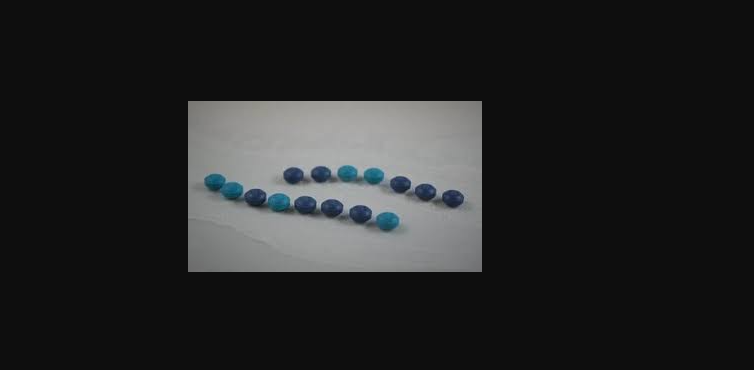AQOAT (Aquatic Acid) – Types, Properties, and Dissolution

In this article, you will learn about the kinetic models of aqoat, its Properties, and Dissolution profiles after storage. This article will also discuss its pH range. Its chemistry is similar to that of other fatty acids and sugars. However, it differs in some respects. This is a good place to start if you are considering using this dietary fiber in your own cooking. In this article, we will discuss the different types of aqoat.
kinetic models of aqoat
Different kinetic models are used to explain the occurrence of changes in concentration of aqueous sulfate. The kinetic model of aqoat was studied using three models: simple power law approach, extended Michaelis-Menten kinetics and advanced mechanistic k-means. We also compared their fit quality with respect to the GOS data. Moreover, we found that both models gave reasonable fitting results and were able to simulate the changes in concentrations of the studied substances.
The kinetic model incorporates several assumptions. The assumption of elementary reaction steps and homogeneous conditions leads to nine single step frequencies. The resulting model includes six free kinetic parameters and two reaction rate equations. The balancing of six of these parameters leads to simplified concentration profiles. The model’s predictive performance can be further improved with appropriate parameter estimation. Kinetic models are effective for modeling the occurrence of chemical reactions in aqueous sulfate.
Properties
The properties of AQOAT (aquatic acid) are well suit for the use in pharmaceutical formulations. This ingredient has excellent stability in aqueous media, and its enteric coating allows it to be store for up to six months without deteriorating. Its high solubility is beneficial to pharmaceutical formulations that contain poorly soluble active ingredients, as it protects the drug from acid and mucosal irritation.
Dissolution Profiles of Aqoat After Storage
The proposed dissolution specification for aqoat is not the limit. Additional simulations were conduct with a theoretical dissolution profile lower than the proposed specification. These results indicate that the proposed dissolution specification of Q = 80% in 30 min is not near the edge of failure. Therefore, it should be consider when assessing the dissolution profile of an aqoat drug product. If this dissolution profile meets the proposed specification, the batch will be bioequivalent to the standard clinical batches.
The proposed dissolution profile should be based on the weight gain and enteric-coated pellets. Different enteric polymers show different dissolution profiles. Moreover, the dissolution rate of aqoat varies according to the enteric coating. When the enteric coating is 30% heavier, it has a higher dissolution rate than a pellet with no enteric layer. Moreover, pellets with a 30% weight gain were significantly better soluble in NH3.
PH Range
The pH range of aqoat is the ideal balance between acidity and alkalinity in water. It is often use as a cleaning solution for various purposes. Its name comes from the Chinese. The Chinese also call it Bie no, Ben Fa Ming ha, HPMC, and Ya shi. Chinese scholars have also found that the pH range of aqoat is optimal for the proper functioning of the digestive tract.
The Chinese call this water “Ben Fa Ming Zhe raha”. Its name is derive from the Chinese word ‘jia liao ga.’ Its range is a little lower than that of the human body. The pH range of aqoat is about 8.5-9.5. A few people have found that using aqoat in the kitchen improves their health and helps them stay away from a variety of ailments.
Cost
Aqueous coatings are less effective than organic coatings. This is because aqueous coatings contain more polymers than their organic counterparts. A recent study found that aqoat (r) AS-LF was less effective than HPMCP-HP55 in improving gastro-resistance. In addition, aqueous coatings require a higher amount of polymers per unit weight.



